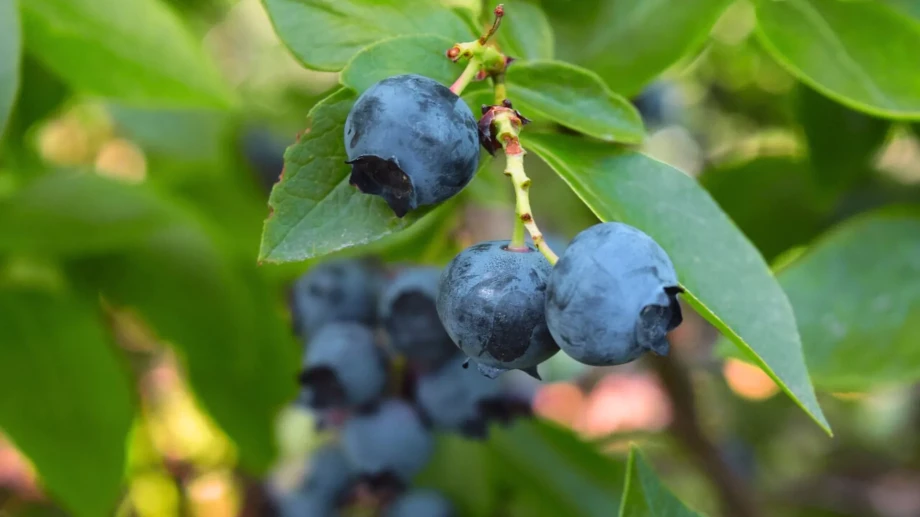Blueberries are experiencing a golden age. Praised for their nutritional and antioxidant profile, as well as their convenience—seedless and easy to eat—these small fruits have become a staple of healthy eating habits worldwide.
A boom that, in just a few decades, has reshaped the global geography of production and export, creating new challenges and opportunities for producing countries.
Today, the race for leadership in blueberry exports is driven by key factors such as varietal innovation, sustainability, climate adaptability, and access to agricultural technologies.
According to forecasts, by 2030 global production will exceed 3 million tons, with a further surge expected by 2050, when it is projected to surpass 5 million tons.
The Present: Current Leaders
Currently, Peru leads the global market thanks to its counter-seasonal production, stable climate, and investment in suitable varieties and technologies.
Chile, although it has lost its historic leadership, remains a key player due to its deep experience and established know-how in the sector.
The United States, while focusing primarily on domestic consumption, continues to export to nearby markets such as Canada.
Mexico, on the other hand, has capitalized on its proximity to the U.S. market and its broad genetic diversity to establish itself rapidly.
In Europe, Spain and especially Morocco have emerged as strategic suppliers, while China—currently focused on the domestic market—is showing clear signs of expanding its export potential, supported by increasingly advanced agricultural infrastructure.
The Key Players of 2030
By 2030, blueberry export leadership will be shaped by climate resilience, innovative varieties, and penetration into emerging markets.
Forecasts point to the following key players:
Peru: will maintain its dominant position thanks to off-season production, a dry and stable climate, and investment in irrigation, high-yield varieties, and international certifications.
China: from top global consumer to potential export leader, China could leverage its logistics and technology capabilities to enter global markets.
Morocco: proximity to Europe, low production costs, and the ability to harvest in strategic months will make it a key actor.
South Africa: with diverse climates and strong port infrastructure, it could expand its presence, especially in European and Asian markets.
Mexico: proximity to the United States and growing North American demand will secure its leading role.
2050: Future Scenarios
Looking ahead to 2050, the scenario will be decisively shaped by climate change, agricultural automation, sustainability, and water resource availability.
Here are the countries that could dominate the market:
Canada: benefiting from global warming, it could expand its cultivation areas northward, leveraging technological greenhouses and abundant resources.
China: with government support policies and an advanced tech supply chain, it could solidify its position as the world's top exporter.
Brazil: its vast territory and diverse climates, combined with advanced technology adoption, could position it strongly in European, Asian, and Latin American markets.
Sub-Saharan Africa: countries such as Kenya and Zambia, if they overcome logistics and infrastructure challenges, could emerge as new production hubs, driven by a young and innovative generation.
A Look into the Future
The global blueberry export map is set to change dramatically over the next 25 years.
Those who invest in genetics, resilience, sustainability, and smart technologies will be ready to lead the new era of the little blue fruit.
The coming decade will be decisive in determining who can seize the opportunities of this ever-evolving market.










